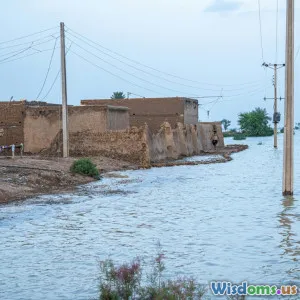
Comparing Flood Safety Myths Versus Scientific Advice
16 min read Uncover common flood safety myths and learn evidence-based scientific advice to stay safe during flooding emergencies. (0 Reviews)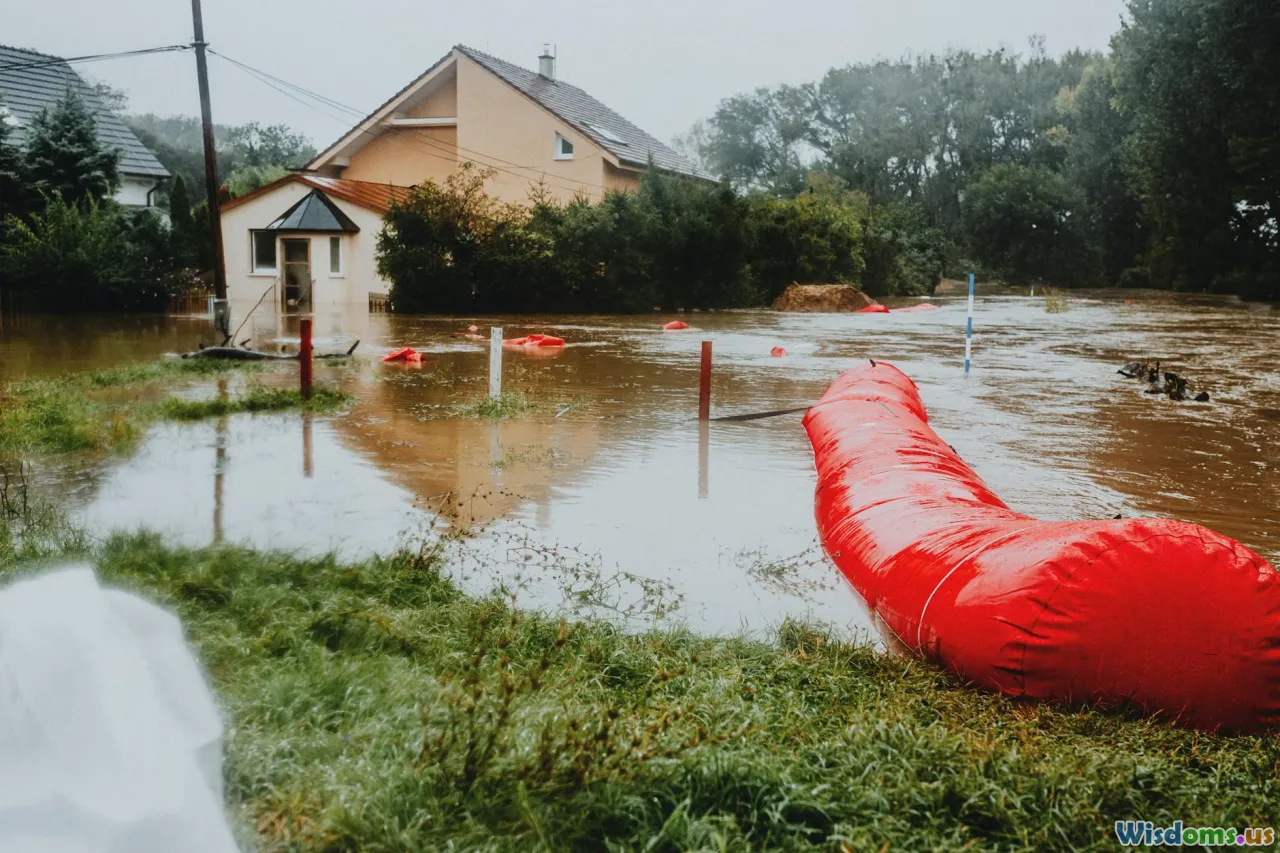
Comparing Flood Safety Myths Versus Scientific Advice
Every year, floods devastate communities, causing billions in damages and untold personal loss. Yet, even as extreme weather events become more frequent due to climate change, persistent myths about flood safety mislead well-meaning individuals. Believing the wrong advice can turn a hazardous situation into a tragic one. Let's debunk these popular misconceptions and replace them with actionable, science-backed strategies that protect lives and property.
Trusting Your Senses: Can You Judge Water Depth and Speed?
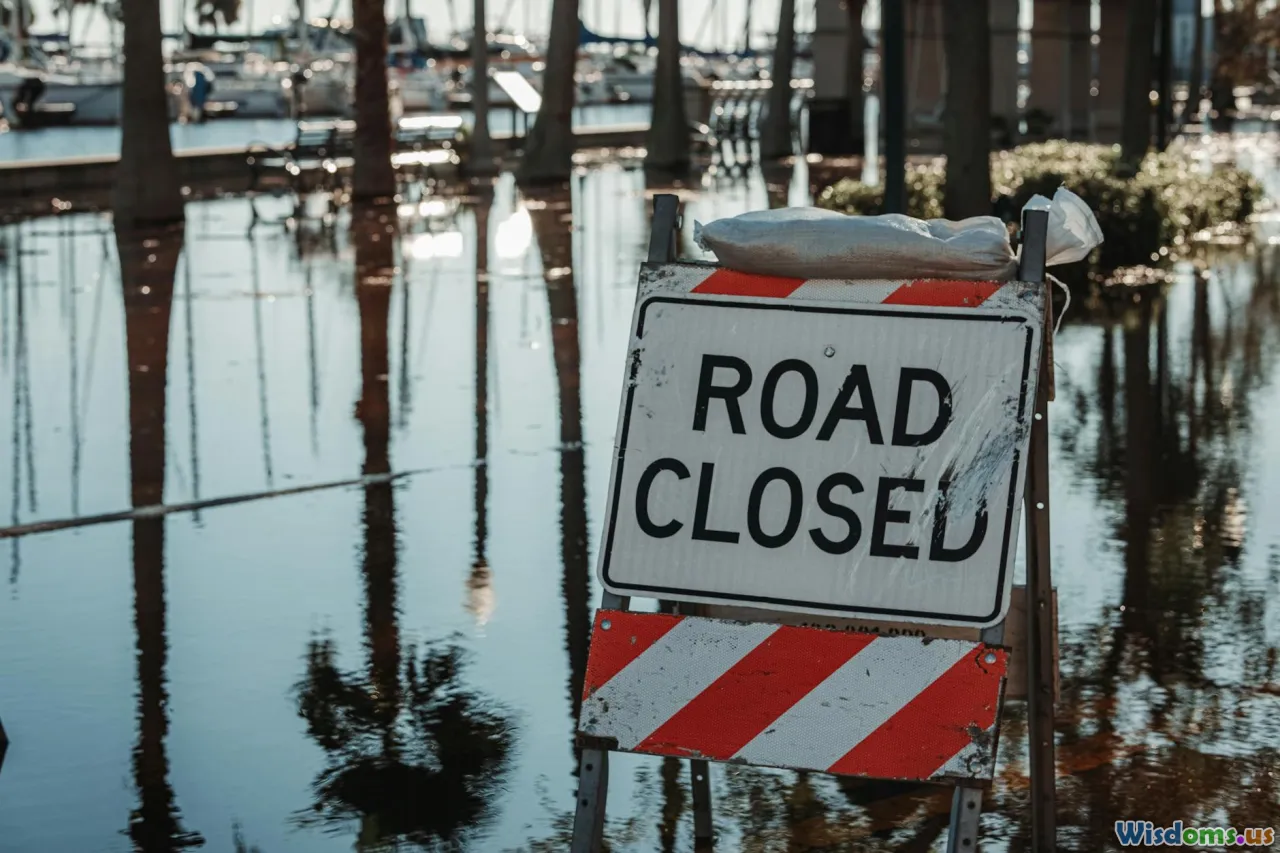
A common myth is that you can accurately estimate the depth and speed of floodwater with your own senses. Many people assess a flooded street or roadway and believe it's safe to drive or walk through a seemingly shallow section. However, science proves our perception is unreliable in these conditions.
Fact: Just six inches of swiftly moving water can knock an adult off their feet, and twelve inches is enough to sweep most vehicles away. The deceptive nature of moving water means hazards lurk beneath the surface: loose pavement, hidden debris, or indiscernible currents can catch even the most experienced person unaware.
Example: In 2018, widespread flooding in Ellicott City, Maryland, swept away cars and sent rescuers for dozens of stranded residents. Many individuals later reported they believed they could "make it" simply because they had traversed those streets countless times—unaware that flow velocities had become lethal in mere minutes.
Expert Recommendation: If there's floodwater on the road, turn around and seek higher ground. Emergency management agencies summarize this with the phrase, "Turn Around, Don’t Drown." Even seasoned first responders won't risk entering flowing waters without critical safety measures.
"My Vehicle Is Big Enough!”: The Overconfidence in SUVs and Trucks
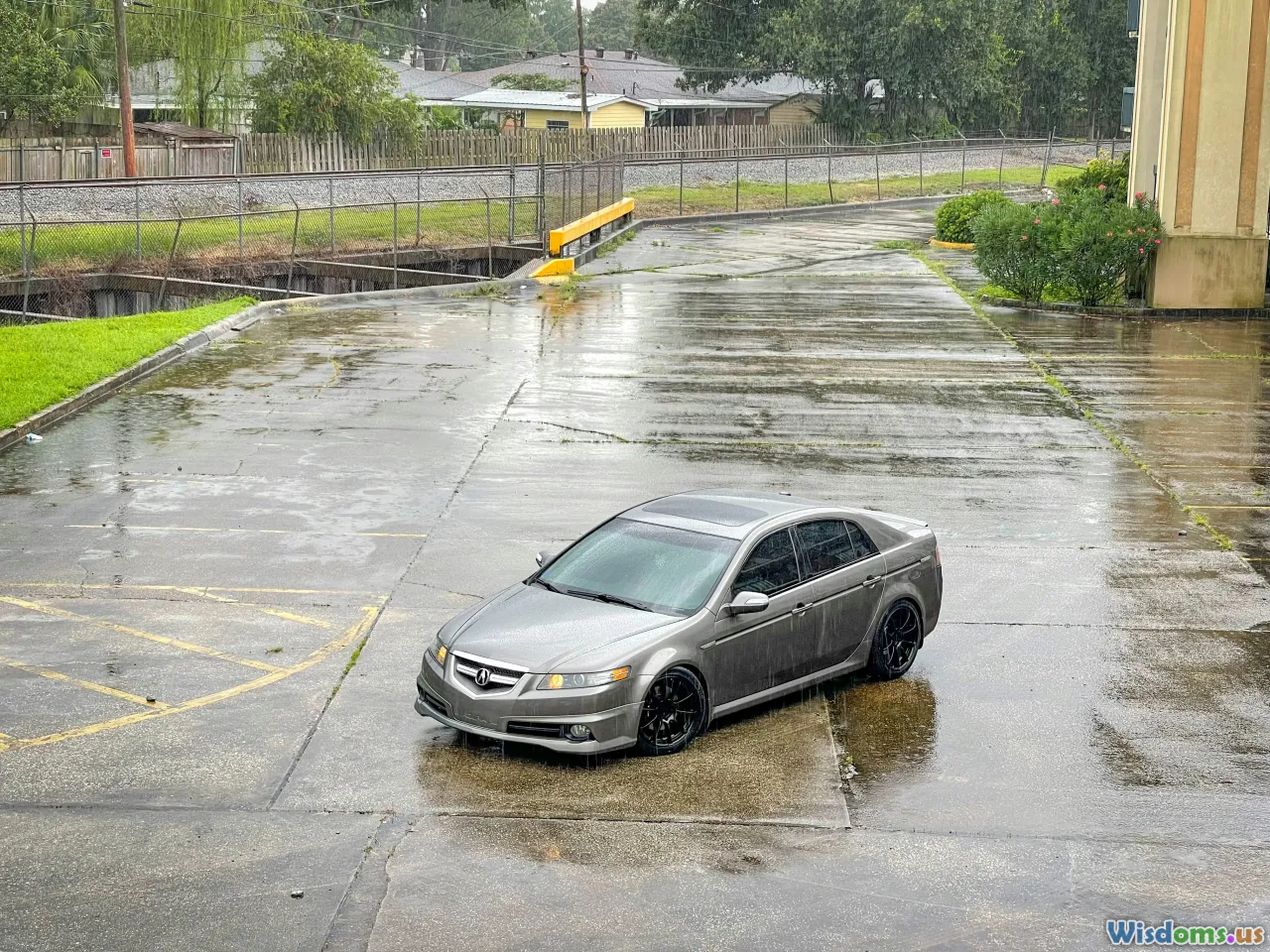
Some drivers believe that the size, weight, or power of their vehicle negates flood risks. The towering stature of SUVs and the horsepower behind trucks foster a false sense of security. Unfortunately, this myth has been repeatedly disproven—in deadly ways.
Vehicle Hydrodynamics Work Against You
Most vehicles are not engineered for water traversal; the undercarriage, electronics, and air intakes are easily compromised if water reaches them. As little as two feet of standing water is enough to float a pickup truck, causing a loss of control. Once this occurs, swift currents can tip or spin the vehicle, trapping occupants inside.
Real-life Insight: During Hurricane Harvey (2017), over 70% of flood fatalities in Texas involved people inside vehicles. Many believed their large trucks could get through the water, but rapidly rising currents proved otherwise. Even emergency vehicles have been caught in swiftwater underestimations.
Scientific Advice
- Never attempt to drive through flooded roads, regardless of vehicle size.
- Abandon your vehicle immediately if water levels start to rise inside or the vehicle stalls.
- Vehicles offer no special protection against rising floodwaters—leave it behind if safe to do so.
"Floods Happen to Other People": Risk Perception and the "Safe Zone" Fallacy
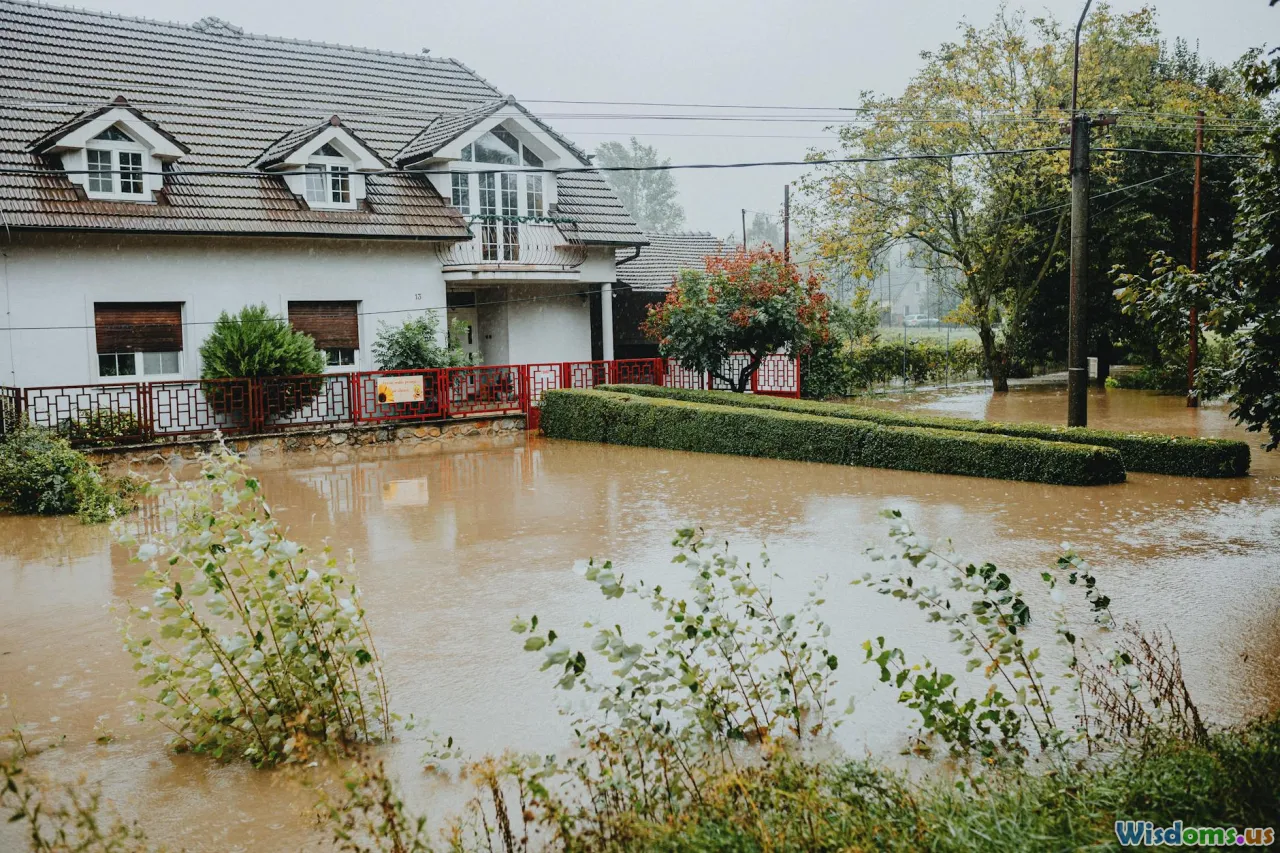
Another widespread myth is the belief that certain cities, neighborhoods, or homes are "immune" or safely distant from flood dangers. This perception is often tied to misunderstanding maps or an overreliance on the term "100-year flood."
Interpreting Floodplains and Frequency
A "100-year floodplain" does not mean that an area will only flood once every century. Instead, it's a statistical chance—a 1% probability of flooding in any given year. Extreme events can happen at any time, even in consecutive years or more than once in a season, particularly as climate disruptions increase.
Case in Point: Historic flooding has in recent decades swamped areas previously considered "safe" or "never before flooded." In 2021, parts of Germany experienced catastrophic flooding far outside historic high-water areas, overwhelming infrastructure and catching residents and officials off guard.
Actionable Steps to Assess Your Risk
- Consult the latest FEMA flood maps for your precise street address (FEMA Flood Map Service Center).
- Remember that heavy rainfall, blocked drainage, and new construction may alter real local risks—a mild backyard creek can surge to hazardous levels within an hour.
- Invest in flood insurance even if you’re on higher ground; over 20% of National Flood Insurance Program (NFIP) claims come from “low or moderate” risk zones.
Sandbags Save Everything: The Reality of DIY Flood Defenses

Television images of communities hurriedly stacking sandbags reflect public belief that some old-fashioned preparation protects homes from all but the worst flood events. Unfortunately, sandbags alone are rarely enough.
The Limits of Sandbags
- Sandbags are designed for minor flooding or to temporarily divert shallow flows. A typical sandbag dike slows water, but isn’t watertight—water will seep and sometimes undermine the structure.
- They can provide a buffer for a few inches, but are wholly inadequate against rapid, deep, or protracted floods.
- Building effective barriers requires skill, planning, and, ideally, professional advice. Random stacks around doorways or garages may lull residents into dangerous false confidence.
Better Protective Strategies
- Pair sandbags with plastic sheeting for greater effectiveness.
- Elevate valuable items in basements or first floors in advance of flood events.
- Consult with local government or certified flood remediation specialists for permanent solutions (such as flood gates, retaining walls, or backflow valves).
- Arrange emergency supplies (including drinking water, first aid, and flashlights) well ahead of time, ensuring easy access if you must evacuate.
"I’ll Have Plenty of Warning!”: Overestimating Flood Alerts and Reaction Time

Floods can be stealthy. The myth that you’ll always receive ample warning assumes that technology, officials, or even the weather itself will give you the precious minutes needed to get to safety. Science tells a different story.
Types of Floods: Flash vs. Riverine
- Flash floods occur within minutes to hours, often from intense rainfall far upstream or freak weather in urban landscapes where drainage is poor. Alert systems might have very little time to sound.
- Some larger river floods develop over days, but embankments can break or levees overtop much faster than anticipated.
Example: In 2023, flash floods in Vermont overwhelmed entire towns before mobile alerts had fully propagated. Some residents recount being awaken by the sound of rushing water, not by sirens or emergency calls.
Scientific Best Practices for Flood Alerts
- Enroll in multi-channel emergency alerts: smartphone apps, NOAA Weather Radio, and community sirens.
- Set up personal trigger points: For example, if heavy rain persists, err on the side of caution and evacuate voluntarily sooner rather than later.
- Discuss your plan in advance: Know multiple evacuation routes, and make sure all family members or roommates can act independently if needed.
"I Don’t Live Near Water, So I’m Safe”: The Urban Flooding Trap
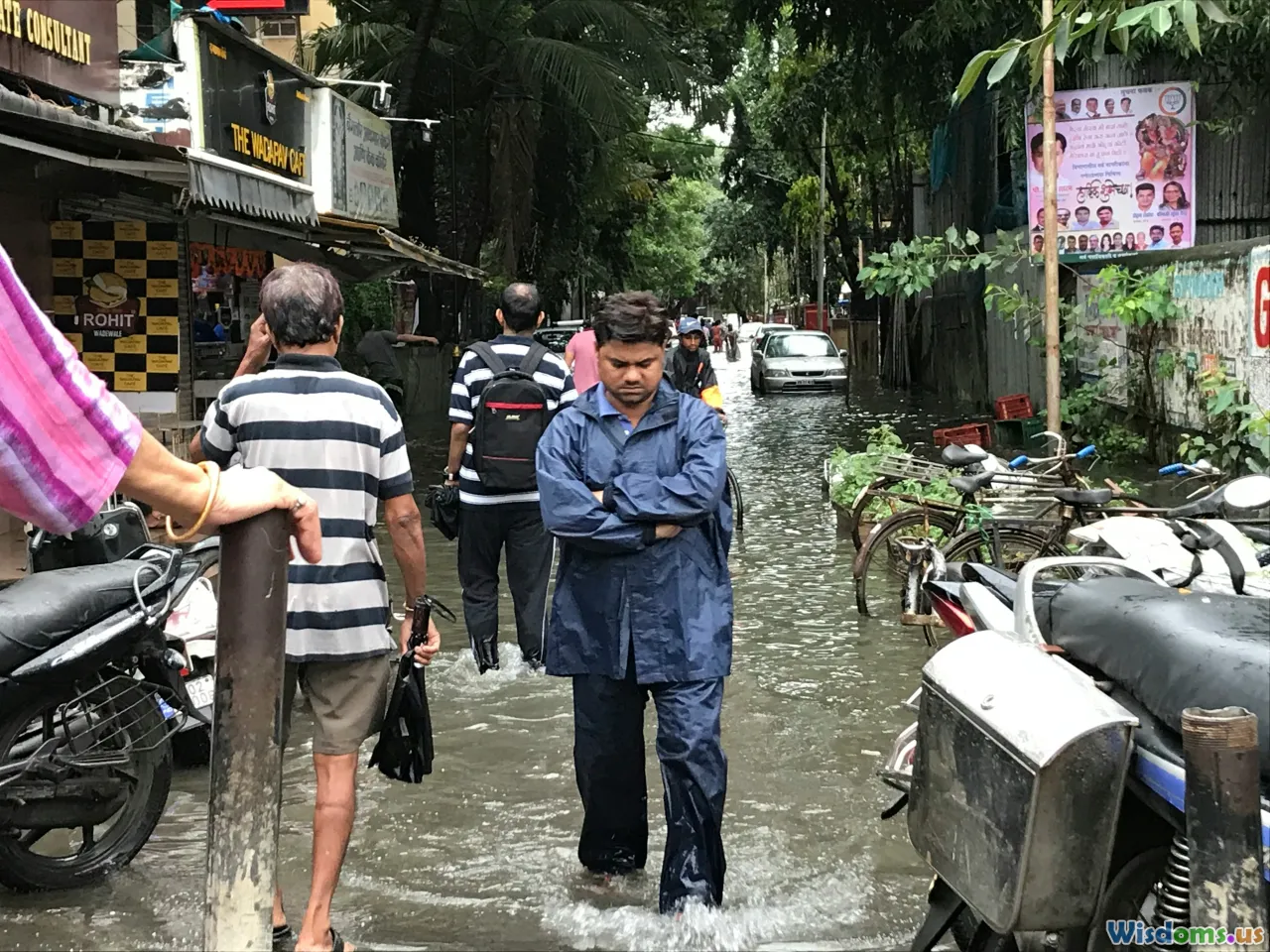
Many equate flood risk only to rivers, lakes, or coastal zones. Yet record $- breaking rainfall now routinely produces catastrophic urban flash floods in places physically distant from known water bodies.
Urbanization and Impervious Surfaces
- Streets, parking lots, and rooftops prevent natural absorption, causing rapid surface runoff that overwhelms town and city drains.
- Intensifying weather patterns mean a storm dropping several inches of rain in hours can have nowhere to go in an urban landscape.
Real-life Example: In July 2021, New York City was submerged under sudden deluges: subways flooded, cars floated in Manhattan streets, and basement apartments filled within minutes of rainfall starting—a warning that "distance from the river" isn’t meaningful in dense, paved environments.
How to Prepare for Urban Flooding
- Familiarize yourself with storm drain locations and their likely overflow paths.
- Move critical possessions and documents out of basements or ground-level rooms during high-risk seasons.
- Install simple check valves to prevent sewer back-up if possible.
"Floodwater Is Just Muddy Tap Water": The Hidden Danger in Contaminated Waters
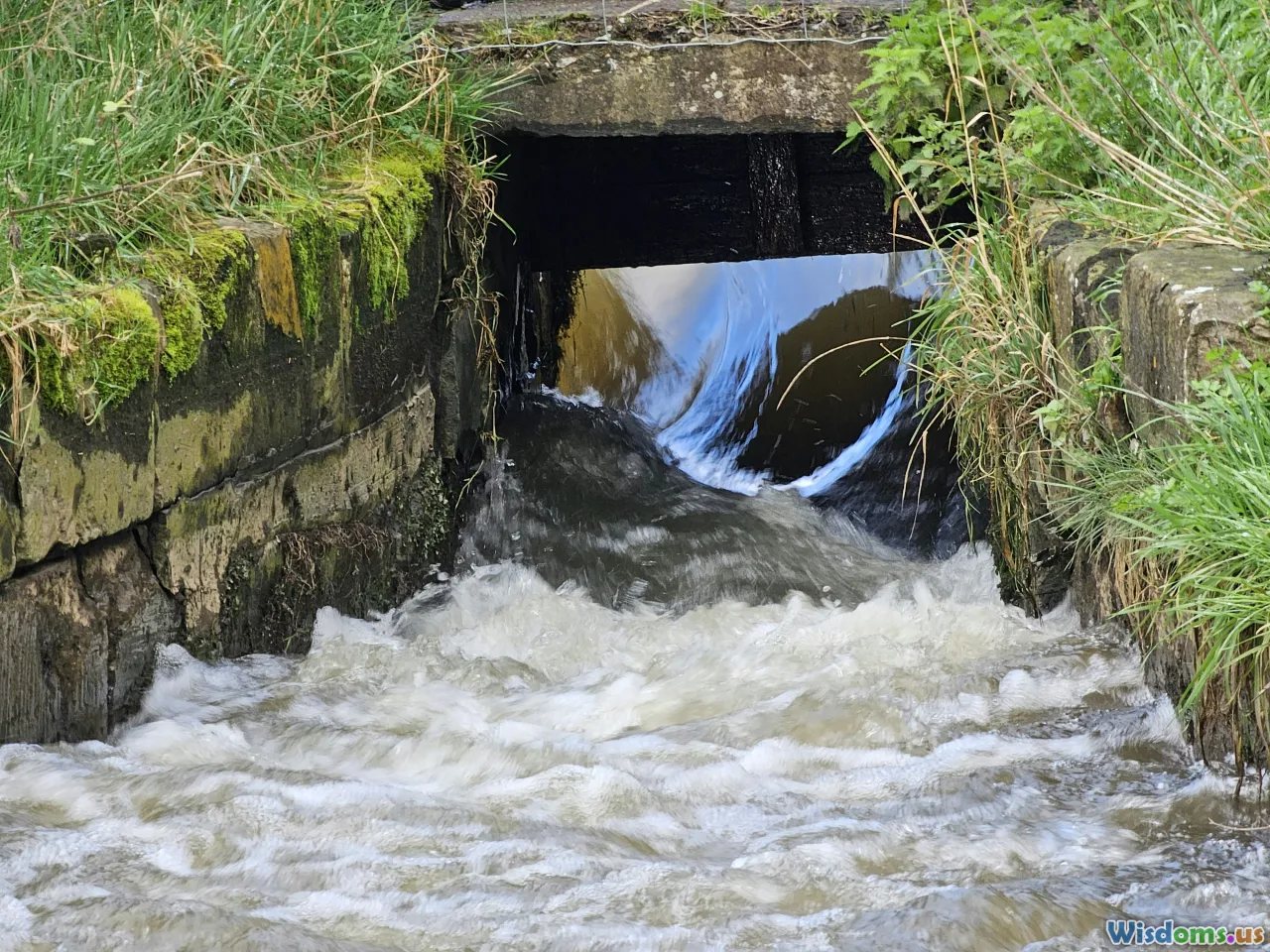
Many people underestimate the health hazards lurking in floodwater, viewing it as dirty but otherwise safe. Scientific studies reveal, however, a toxic cocktail: sewage, industrial chemicals, oils, pesticides—even dangerous debris.
Waterborne Disease
CDC and WHO warn that after flooding, waterborne diseases can spread silently: gastrointestinal infections, skin rashes, tetanus, and worse. In highly industrialized areas, petrol spills and chemical leaks are also significant threats.
Facts to Remember:
- Never wade or play in floodwater even if it seems shallow—open cuts or mucous membranes are immediate entryways for pathogens.
- Clothing, shoes, even furniture soaked by floodwaters need disinfection or disposal.
- Boil tap water (or use bottled) until local officials assure safety.
Action Point:
- After exposure, wash thoroughly with soap and clean water.
- Stay updated via official health communications.
- Don’t attempt rescuing stranded pets or animals from floodwater unless it’s absolutely safe.
"After the Water Drops, It’s Safe to Go Home”: Post-Flood Hazards are Real

It's tempting to rush back once the skies clear and waters recede, but post-flood environments are laden with latent hazards often ignored by the untrained eye.
Structural and Health Dangers
- Floodwater damage undermines walls, foundations, and electrical systems; buildings can collapse without warning.
- Mold and mildew, powerful allergens and toxins, proliferate in damp environments. Some mold-related illnesses can cause lasting respiratory or neurological symptom
Professional Advice:
- Only enter buildings declared safe by certified inspectors.
- Ensure power and gas lines remain off until utilities confirm restoration.
- Use N95 masks and gloves during cleanup, especially in closed or damp spaces.
- Remove wet materials, disinfect salvageable items and ventilate thoroughly.
Institutions like the CDC and Red Cross publish in-depth checklists for safe returns—review these closely before acting. Taking risks post-flood can negate the gains from earlier, careful evacuation.
Choosing Science—Making Smart, Safe Decisions

The consequences from following myths about floods can be catastrophic, while evidence-backed action saves lives. Science tells us that preparedness, situational awareness, and proactive choices work best.
Practical Summary:
- Never underestimate moving water or rely on vehicle size for safety—avoid all floodwaters if possible.
- Don't improvise with sandbags alone or assume warning signals will always reach you in time. Prepare early, act decisively.
- Study community risk maps, keep insurance up to date, and maintain updated emergency and evacuation plans.
- Treat all post-flood scenarios as potentially hazardous—work with professionals and heed health guidance.
Ultimately, floods respect neither optimism nor guesswork—they respect only respect and preparation. By leaving myths behind and embracing scientific advice, individuals and communities can weather storm after storm, not just enduring disasters—but outsmarting them.
Rate the Post
User Reviews
Popular Posts










